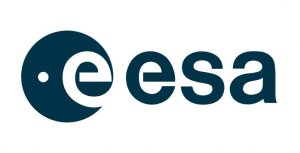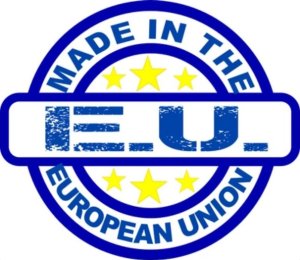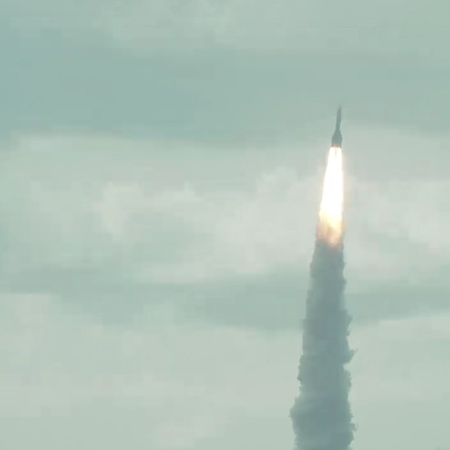Two launches today, by Arianespace and SpaceX
Today there were two launches worldwide, one from South America and the second from the U.S.
First, Arianespace launched a South Korea imaging satellite from French Guiana, using the Vega-C rocket built and owned by the Italian rocket company Avio. Based on the July 2024 agreement, this is the next-to-last Vega-C flight that Arianespace will manage. After the next flight, Avio will take over management of its own rocket, cutting out this government middle man, though that agreement also allowed customers who had previously signed with Arianespace for later flights to stay with it as the managing organization.
Either way, Arianespace’s responsibilities will soon be limited solely to the Ariane-6 rocket, which itself has a limited future, being expendable and too expensive to compete in the present launch market.
Next SpaceX launched another 27 Starlink satellites into orbit, its Falcon 9 lifting off from Vandenberg Space Force Base in California. The first stage completed its 20th flight, landing on a drone ship in the Pacific.
As the Vega-C launch was only the sixth for Europe in 2025, it remains off the leader board for the 2025 launch race:
157 SpaceX (a new record)
74 China
15 Rocket Lab
15 Russia
SpaceX now leads the rest of the world in successful launches, 157 to 126.
Today there were two launches worldwide, one from South America and the second from the U.S.
First, Arianespace launched a South Korea imaging satellite from French Guiana, using the Vega-C rocket built and owned by the Italian rocket company Avio. Based on the July 2024 agreement, this is the next-to-last Vega-C flight that Arianespace will manage. After the next flight, Avio will take over management of its own rocket, cutting out this government middle man, though that agreement also allowed customers who had previously signed with Arianespace for later flights to stay with it as the managing organization.
Either way, Arianespace’s responsibilities will soon be limited solely to the Ariane-6 rocket, which itself has a limited future, being expendable and too expensive to compete in the present launch market.
Next SpaceX launched another 27 Starlink satellites into orbit, its Falcon 9 lifting off from Vandenberg Space Force Base in California. The first stage completed its 20th flight, landing on a drone ship in the Pacific.
As the Vega-C launch was only the sixth for Europe in 2025, it remains off the leader board for the 2025 launch race:
157 SpaceX (a new record)
74 China
15 Rocket Lab
15 Russia
SpaceX now leads the rest of the world in successful launches, 157 to 126.



